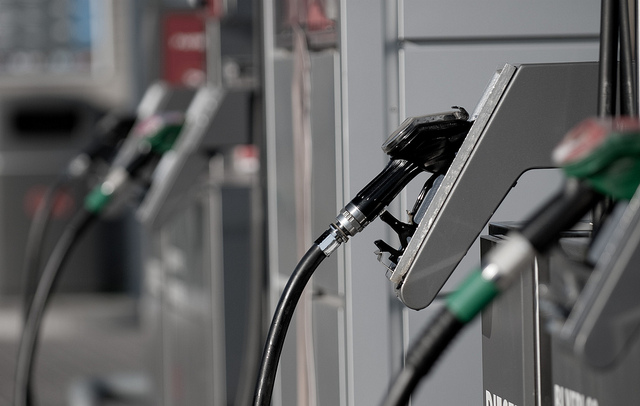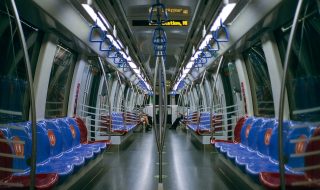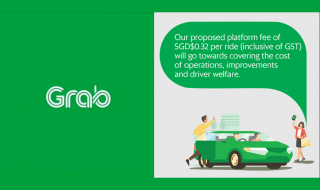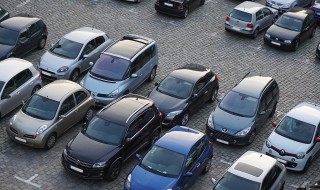
If you have been driving for the past couple of decades, you would have noticed that fuel price has increased by 100% since 1991. It used to cost around a dollar for a litre of 95 Octane and now it has creep to $2.20 a litre in 2014. With increasing population, expect the road to be more congested and that’s when you see more ERP gantries, astronomical COE price and increased excise duty on fuel.
Here are 12 fuel saving tips tips to help you save on your fuel and to manage the increasing cost of driving.
1. Check the fuel price online and the nearest petrol kiosk
If you can read this post, you probably can check the fuel price online. With internet and mobile devices, just check out websites of the four main fuel providers in Singapore. Fuel price and kiosk location are listed on the website for your convenience. Of course, don’t save the few cents a litre and spend more fuel to drive to a specific kiosk kilometres away.
2. Change your driving style
Your right foot is the answer to your fuel consumption. Every time you step on the pedal, fuel will be consumed. To save on your fuel, i’m not asking you not to step on the pedal but rather control your stepping action. For example, when you see the red light a few hundred metres away – stop accelerating and gently control your speed so that when it changes to green, your car can move off without moving from stationary position which consumes more fuel. Make sure that there is no car behind you so that you will not be hogging the road.
When moving off from stop, the same rules apply. Gently step on your accelerator to pick up speed before moving off. You are not taking part in a 100 metres run so avoid revving your engine at full throttle.
3. Use the right grade of petrol
Most car runs fine on regular 95 Octane. Don’t top off as the using a lower grade fuel may not necessary loses significant performance. The higher the number, the more resistance to knocking. David Bielo, from Scientific American’s website, dispels the myth that premium gasoline delivers better performance for standard cars on the road. You are simply paying a premium for a fuel with no added benefits.
Check your vehicle owner’s manual to find out the right one for your car.
4. Understanding car aerodynamics
Ever wonder why competitive swimmers wear swim caps? Hair increases the drag and water resistance in the water and thus reduces performance. The same can be explained for cars aerodynamics. Remove your roof racks if you have one and don’t use it to reduce drag and resistance.
5. Alternate between turning on your A/C and rolling down your Window
In hot and humid Singapore, most drivers will keep their air-con on throughout the entire journey and this reduces fuel economy by 5-10%.
Does that means you should turn off the air-con and roll down the window instead? A number of tests conducted by the Stanford University and the Society of Automotive Engineers (SAE) has found out that when on the highway, the increased drag caused by the air-resistance with the windows rolled down exceeds the efficiency of rolling up the air-con and keeping the air-con on. They recommend that you should keep your air-on if you are driving at speed above 72KM/H. Conversely, when you are at the city area, roll down your windows instead.
6. Remove loads from your car
Unnecessary items in your car add on to the weight of your car which requires more fuel to move the car. Keep those heavy items in your storeroom rather than in the boot of your car. Every 50kg shed will improve fuel economy by 1-2%.
7. Drive slower if possible
By driving slower, i don’t mean to the extent of hogging the road and turning up late for your work. Keep your speed steady and avoid driving at high speed as the car needs more energy and horsepower to propel it forward.
8. Keep your tyres inflated
Fill up your tyres to the proper level of inflation to improve fuel efficiency by 3.3%. The optimal level can be found on the user manual.
9. Maintain your car regularly
Keep your engine in good shape to reduce fuel consumption. A faulty oxygen sensor could cost you 40% increased consumption in fuel according to US EPA, whereas a dirty air filter can push up your fuel consumption by 13%.
10. Credit card rebates and membership discount
You can shave off a portion of your fuel cost if you have a credit card that offers the best rebates and discount. Make sure you find out which is the best card and the stations to go to for your regular petrol pump.
11. Choose the right car for the right purpose
You don’t need a SUV if you don’t need the space to ferry more than 4 passengers frequently and don’t do off-road driving. The large size and high ground clearance leads to poor aerodynamics and the heavier weight is going inflate your fuel cost. A standard sedan car is your best bet if you use the car for your own get around between work and home. If you cover a lot of distance in a day, a hybrid-electric car can help cut your fuel expenses as it consumes less fuel than a standard car. A recent study conducted by Ministry of Trade and Industry Singapore (MTI) has found out that the fuels saving tend to offet the premium in price paid for fuel-efficient cars.
12. Plan your trip
You may be a seasoned driver and know the road very well but the least you want to know is to find out that had been taking a longer route for all the time. If you plan your route beforehand by finding out the shortest route, you could cut down on the mileage you need to travel and thus lead to fuel saving. An updated GPS or Google Map will do the trick and with new roads and highway being added every now and then, it pays to find out if you can get to the same destination in a shorter route.
Other things to take note is to find out the traffic conditions of the route to see if there are any congestion along the route you planned to take. mapSYNQ and ONE.MOTORING provide live traffic updates to keep motorists informed of any road works, closure and diversions.
Now besides practicing the above, perhaps you should consider the most efficient way of eliminating this expenses entirely – that is to take the public mode of transport. Cut down on your carbon emission and contributes to the climate.




